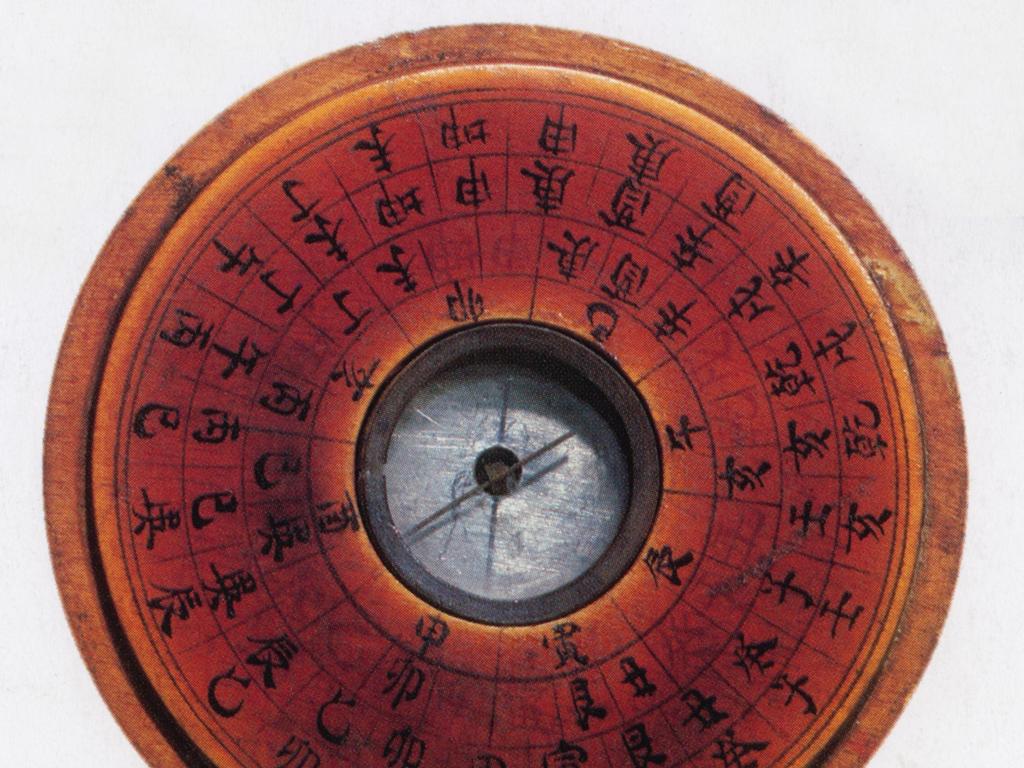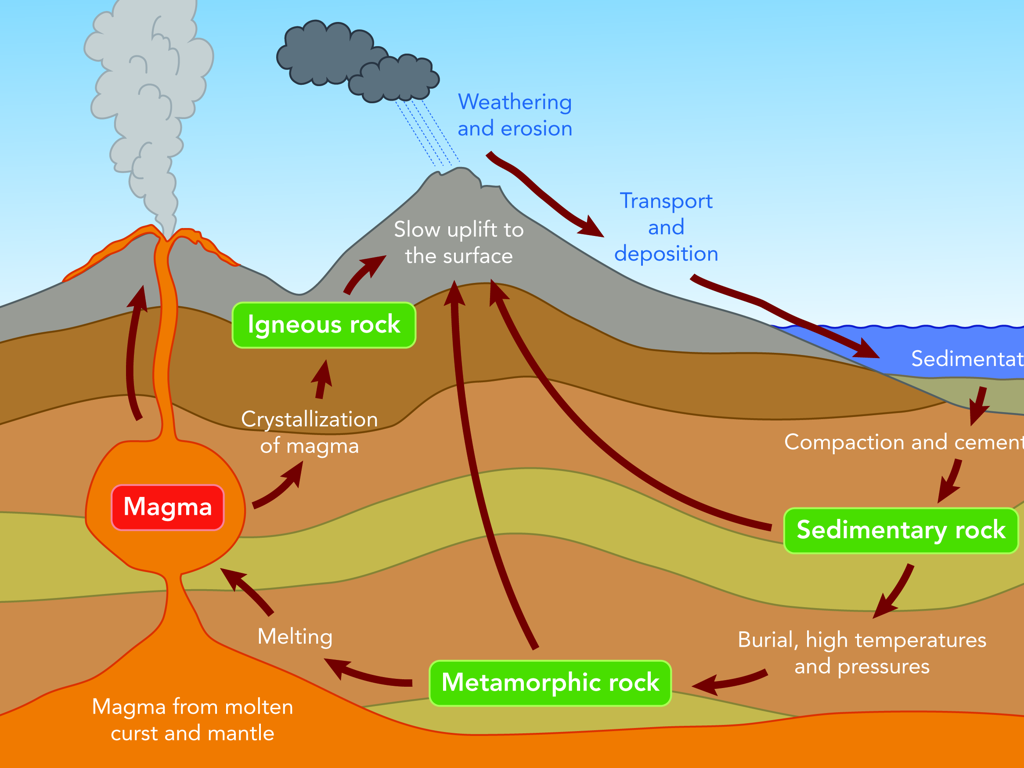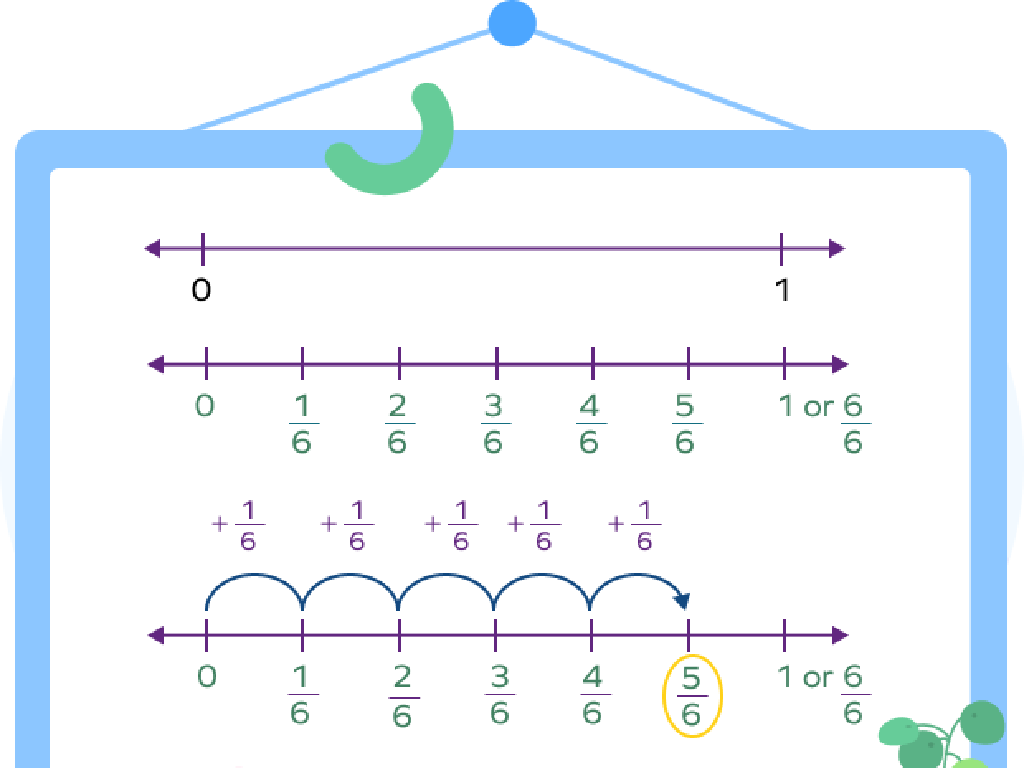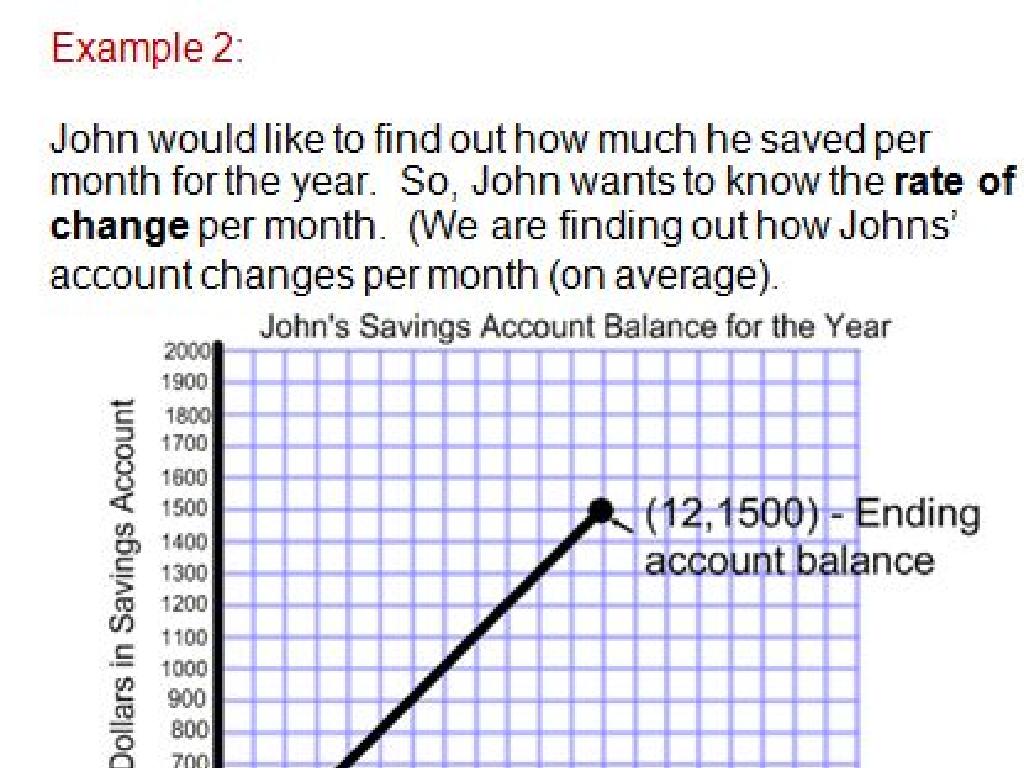Era 1 Our Big History (13.82 Billion Years Ago To The Future)
Subject: Arts and humanities
Grade: High school
Topic: World History Project - Origins To The Present
Please LOG IN to download the presentation. Access is available to registered users only.
View More Content
Welcome to Our Big History: From Origins to Future
– Big History: An expansive journey
– A story from the Big Bang to modernity
– Grasping the concept of Big History
– It’s an interdisciplinary approach combining science, history, and art
– The impact of studying Big History
– Helps us comprehend our place in the universe
– Connecting past events to the future
– Learn how historical events shape our future
|
This slide introduces students to the concept of Big History, an interdisciplinary study that spans from the Big Bang to the present and into the future. It emphasizes the importance of understanding history on a large scale, integrating knowledge from various fields such as cosmology, earth science, biology, anthropology, and history to create a comprehensive picture of our universe’s past. By studying Big History, students can gain a deeper appreciation for the complexity of the world and the interconnectedness of events over time. This perspective allows us to see the significance of our actions today and their potential impact on the future. Encourage students to think critically about how the past has shaped our present and how our current decisions can influence the trajectory of history.
The Big Bang: The Dawn of the Universe
– Defining the Big Bang
– The Big Bang is a theory explaining the universe’s origin.
– Birth of Time, Space, Matter, Energy
– Time and space began; matter and energy were uniformly distributed.
– Big Bang marks universe’s beginning
– It’s the point from which all galaxies, stars, and planets evolved.
– Timeline: 13.82 billion years ago
|
This slide introduces students to the Big Bang theory, which is the leading explanation about how the universe began. It is important to convey that the Big Bang is not an explosion in space, but rather an expansion of space itself. Time, space, matter, and energy all came into existence at this moment. The Big Bang serves as the starting point of our universe’s timeline, occurring approximately 13.82 billion years ago. Students should understand that this event marks the beginning of everything we observe in the cosmos today, setting the stage for the development of galaxies, stars, planets, and eventually life itself. Discuss the evidence supporting the Big Bang theory, such as the cosmic microwave background radiation and the redshift of galaxies.
Formation of Stars and Galaxies
– Cosmic soup to stellar nurseries
– After the Big Bang, clouds of gas and dust formed, collapsing under gravity to create stars.
– Gravity: The cosmic sculptor
– Gravity pulls matter together, forming stars and galaxies, shaping the cosmos.
– Stars’ life cycles and element creation
– Stars forge elements in their cores; their birth, life, and death cycles distribute these elements.
– Galaxies: Gravity’s masterpiece
– Galaxies are vast systems of stars held together by gravity, with many types and structures.
|
This slide explores the early universe’s transition from a ‘cosmic soup’ of particles to the complex structures of stars and galaxies we observe today. It emphasizes gravity’s pivotal role in the universe’s architecture, from initiating the collapse of gas clouds into stars to guiding the formation of galaxies. The life cycles of stars are crucial for the creation of elements, which are spread throughout the universe as stars go through various stages of birth, life, and death. The creation of elements within stars and their distribution upon a star’s death is fundamental to the composition of galaxies and the possibility of life. Discuss the different types of galaxies, such as spiral, elliptical, and irregular, and how they are all held together by gravity. Encourage students to reflect on the vastness of the universe and the processes that have shaped it over billions of years.
Our Solar System and Earth’s Formation
– Formation of our Solar System
– Nebular hypothesis: dust and gas coalesced to form the Sun and planets
– Earth’s life-supporting conditions
– Perfect distance from the Sun, liquid water, and a stable atmosphere
– Earth’s age and universal position
– Approximately 4.54 billion years old, third planet from the Sun
– Earth’s role in the cosmos
|
This slide explores the origins of our solar system and Earth’s unique characteristics that allow it to support life. Starting with the nebular hypothesis, which explains the formation of the solar system, we’ll discuss how cosmic dust and gas formed the Sun and planets. Highlight Earth’s optimal conditions for life, including its distance from the Sun, the presence of water in liquid form, and a stable atmosphere. Discuss Earth’s age in the context of the universe and its position in the solar system. This will help students appreciate Earth’s place in the vast cosmos and the extraordinary circumstances that have allowed life to flourish here.
The Anthropocene: Human Impact on Earth
– Defining the Anthropocene
– A proposed epoch highlighting human influence on Earth’s geology and ecosystems.
– Human civilization’s global rise
– From agriculture to urbanization, human progress has altered the global landscape.
– Anthropocene’s debated beginnings
– Scientists argue whether the Anthropocene started with the Industrial Revolution or earlier events.
– Human actions reshaping the planet
|
The Anthropocene is a term used to describe the current geological epoch in which humans have had a significant impact on the Earth’s climate and ecosystems. This slide will explore the definition of the Anthropocene, the rise of human civilization and its effects on the planet, and the ongoing debates about when this epoch began. Some scientists suggest the start of the Industrial Revolution as the onset of the Anthropocene, while others point to earlier human activities. It’s crucial to discuss the various viewpoints and evidence supporting them. Encourage students to think critically about how human actions have shaped the world and the responsibility that comes with this knowledge.
Looking to the Future: Predictions and Possibilities
– Predict future from past/current trends
– Analyze historical patterns to forecast future events.
– Technology’s impact on future
– Tech advancements will continue to transform society.
– Future challenges and opportunities
– Consider environmental, social, and economic factors.
– Role of innovation in progress
– Innovation drives solutions to global issues.
|
This slide aims to provoke thought about the continuity between our past, present, and future. Students should understand that by studying historical trends and current developments, we can make educated predictions about the future. Emphasize the transformative power of technology and innovation, which have historically reshaped societies and will continue to do so. Discuss the dual nature of the future as it presents both challenges, such as climate change and inequality, and opportunities, like advancements in medicine and renewable energy. Encourage students to think critically about their role in shaping a sustainable and equitable future, and the importance of innovation in overcoming the challenges that lie ahead.
Class Activity: Crafting a Big History Timeline
– Create a timeline from Big Bang to now
– Mark major milestones in history
– Include events like the formation of Earth, the first life forms, human evolution
– Predict future events and add them
– Based on scientific trends and historical patterns, what might the future hold?
– Use creativity and research
– Combine artistic skills with historical knowledge
|
This activity encourages students to engage with the concept of Big History by creating a visual timeline. Provide a brief recap of the Big Bang and other significant events that have shaped our universe, planet, and species. Students should include key milestones such as the formation of the Earth, the emergence of life, the development of human civilizations, and major technological advancements. Encourage them to use their understanding of past trends to hypothesize about future developments. This can include technological innovations, societal changes, or environmental shifts. Offer guidance on how to research and creatively represent these events. Possible activities: individual timelines, group projects, or a class mural. This will help students visualize the vast expanse of time and the interconnectedness of events in Big History.






